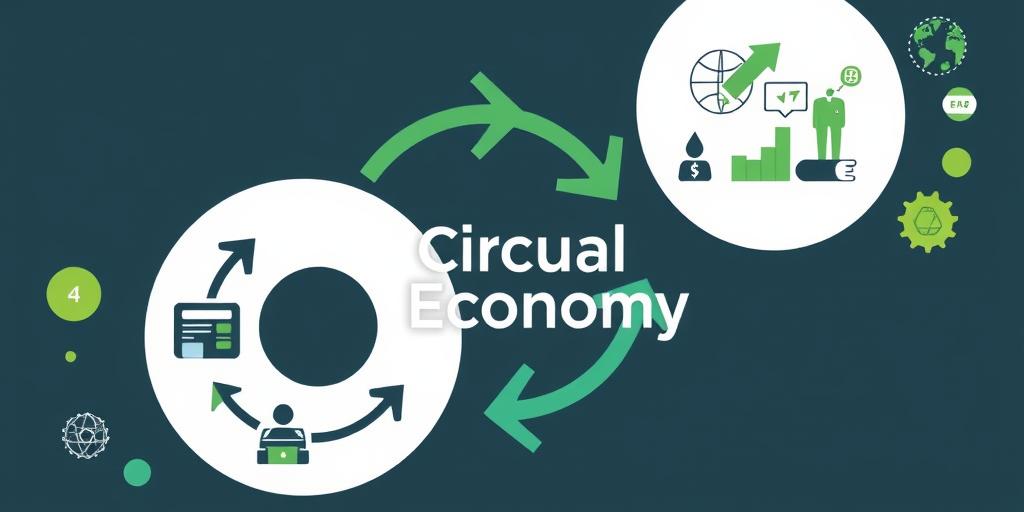The Circular Economy: Future Trends
The circular economy is gaining momentum as businesses and consumers alike seek sustainable solutions. Unlike the traditional linear economy (take-make-dispose), a circular economy aims to minimize waste and maximize resource utilization. Let's explore the key trends shaping the future of this transformative model.
1. Embracing Product-as-a-Service (PaaS)
Instead of selling products outright, companies are increasingly offering them as a service. This model incentivizes manufacturers to design durable, repairable, and upgradable products. Think Philips' lighting-as-a-service or Rolls-Royce's engine-as-a-service. PaaS promotes resource efficiency and reduces waste by extending product lifecycles.
2. Advanced Recycling Technologies
Traditional recycling methods have limitations. However, advancements in chemical recycling and other innovative technologies are enabling the recovery of valuable materials from complex waste streams. These technologies can break down plastics into their original building blocks, allowing for the creation of virgin-quality materials.
3. Digitalization and Traceability
Digital technologies play a crucial role in enabling circular economy initiatives. Blockchain, IoT sensors, and data analytics provide transparency and traceability across supply chains. This allows businesses to track materials, optimize resource flows, and ensure responsible sourcing.
4. Collaboration and Partnerships
The circular economy requires collaboration across industries and value chains. Businesses are forming partnerships to share resources, knowledge, and infrastructure. These collaborations can range from joint recycling initiatives to the development of closed-loop systems.
5. Policy and Regulation
Governments worldwide are implementing policies and regulations to support the transition to a circular economy. These measures include extended producer responsibility (EPR) schemes, waste reduction targets, and incentives for sustainable design. Policy support is essential for creating a level playing field and driving systemic change.
6. Focus on Design for Circularity
Designing products with circularity in mind is crucial for minimizing waste and maximizing resource utilization. This involves considering factors such as durability, repairability, recyclability, and the use of sustainable materials. Design for circularity principles are becoming increasingly important as businesses seek to reduce their environmental impact.
7. Consumer Awareness and Engagement
Consumer demand for sustainable products and services is growing. Businesses are responding by offering more eco-friendly options and engaging consumers in circular economy initiatives. Education and awareness campaigns play a vital role in empowering consumers to make informed choices.
Conclusion
The circular economy represents a fundamental shift in how we produce and consume goods. By embracing these future trends, businesses can unlock new opportunities for innovation, resource efficiency, and sustainable growth. The transition to a circular economy is not just an environmental imperative but also an economic one.









